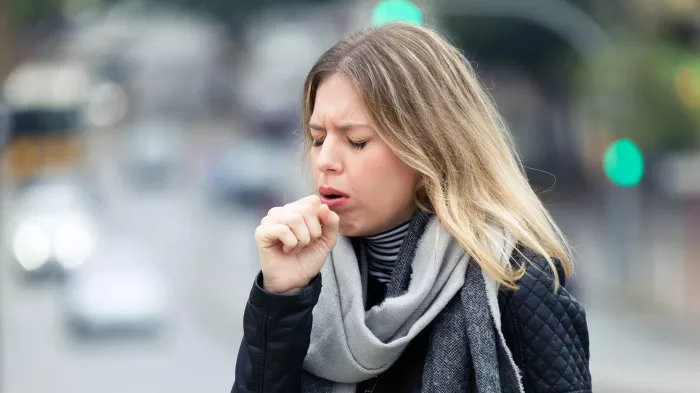Yeast allergy is a common condition that occurs when the immune system overreacts to proteins found in yeast. This can lead to a range of symptoms, including digestive issues, skin rashes, and respiratory problems. While yeast allergy can be frustrating and uncomfortable, there are several treatment options available that can help to manage symptoms and improve quality of life. In this article, we will explore the symptoms of yeast allergy, discuss how to diagnose this condition effectively, and review various treatment options.
What is Yeast Allergy?
Yeast allergy is a condition that occurs when the immune system overreacts to proteins found in yeast. Yeast is a type of fungus that is commonly found in foods such as bread, beer, and wine. It is also used as a food additive in many processed foods. When the immune system overreacts to yeast proteins, it can cause a range of symptoms.
Symptoms of Yeast Allergy
The symptoms of yeast allergy can vary from person to person, but may include:
Digestive Issues
Yeast allergy can cause digestive issues such as bloating, gas, and diarrhea. These symptoms may occur shortly after consuming foods that contain yeast.
Skin Rashes
Yeast allergy can also cause skin rashes, which may be itchy and uncomfortable. These rashes may appear on the face, neck, arms, and legs.
Respiratory Problems
In some cases, yeast allergy can cause respiratory problems such as wheezing, coughing, and difficulty breathing. These symptoms may be more severe in individuals with asthma.
Fatigue
Yeast allergy can also cause fatigue and a general feeling of malaise. This may be due to inflammation caused by the immune system’s reaction to yeast proteins.
Diagnosing Yeast Allergy
If you suspect that you may have a yeast allergy, it is important to speak with a healthcare provider. Your provider may recommend one or more of the following tests to diagnose yeast allergy:
Skin Prick Test
A skin prick test involves placing a small amount of yeast extract on the skin and then pricking the skin to allow the extract to enter the skin. If you are allergic to yeast, you may develop a raised, red, itchy bump at the site of the prick.
Blood Test
A blood test can measure the levels of antibodies in your blood that are produced in response to yeast proteins. If you have a high level of antibodies to yeast, it may indicate that you have a yeast allergy.
Elimination Diet
An elimination diet involves removing foods that contain yeast from your diet for a period of time and then slowly reintroducing them to see if symptoms return. This can help to identify whether or not you have a yeast allergy.
Treatment Options for Yeast Allergy
While there is no cure for yeast allergy, there are several treatment options available that can help to manage symptoms and improve quality of life. These include:
Avoiding Foods that Contain Yeast
The most effective way to manage yeast allergy is to avoid foods that contain yeast. This may include bread, beer, wine, and processed foods that contain yeast as a food additive. Reading food labels carefully and avoiding foods that contain yeast can help to reduce symptoms and improve quality of life.
Probiotics
Probiotics are beneficial bacteria that can help to restore balance to the gut microbiome. This can be particularly helpful for individuals with yeast allergy, as it can reduce inflammation and improve digestive health. Probiotics can be found in foods such as yogurt, kefir, and sauerkraut, or taken as a supplement.
Antihistamines
Antihistamines are medications that can help to reduce allergy symptoms such as itching, swelling, and respiratory problems. These medications work by blocking the action of histamine, which is a chemical released by the immune system in response to allergens such as yeast. Antihistamines can be purchased over-the-counter or prescribed by a healthcare provider.
Immunotherapy
Immunotherapy is a treatment that involves exposing the immune system to small amounts of an allergen over time. This can help to desensitize the immune system and reduce the severity of allergic reactions. Immunotherapy is typically administered through allergy shots or sublingual tablets.
Lifestyle Changes
In addition to the above treatment options, making lifestyle changes can also help to manage yeast allergy. This may include reducing stress, getting regular exercise, and maintaining a healthy diet. Reducing exposure to environmental allergens such as dust mites and pet dander can also help to reduce symptoms.
Conclusion
Yeast allergy is a common condition that can cause a range of symptoms, including digestive issues, skin rashes, and respiratory problems. If you suspect that you may have a yeast allergy, it is important to speak with a healthcare provider to determine the best course of treatment for your individual needs. While there is no cure for yeast allergy, there are several treatment options available that can help to manage symptoms and improve quality of life. These include avoiding foods that contain yeast, taking probiotics, using antihistamines, undergoing immunotherapy, and making lifestyle changes. With the right treatment plan, individuals with yeast allergy can effectively manage their symptoms and improve their overall health and well-being.
[inline_related_posts title=”You Might Be Interested In” title_align=”left” style=”list” number=”6″ align=”none” ids=”5005,5002,4958″ by=”categories” orderby=”rand” order=”DESC” hide_thumb=”no” thumb_right=”no” views=”no” date=”yes” grid_columns=”2″ post_type=”” tax=””]

































